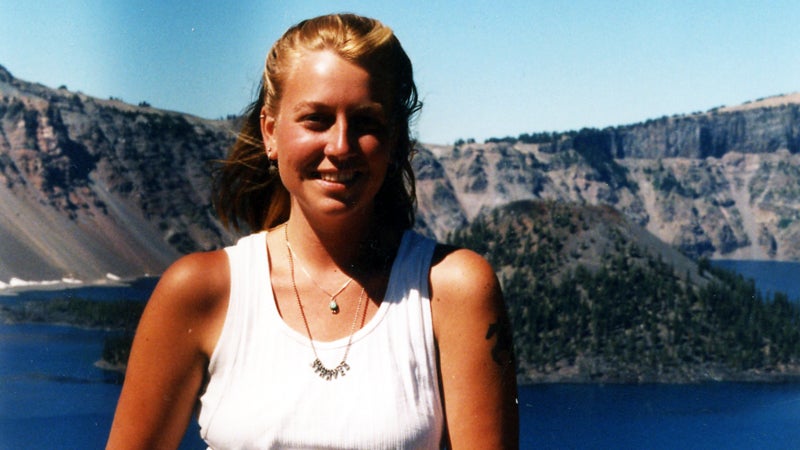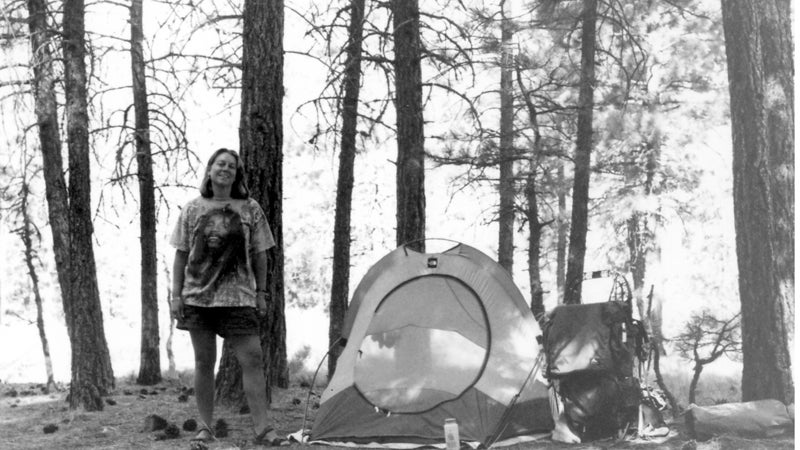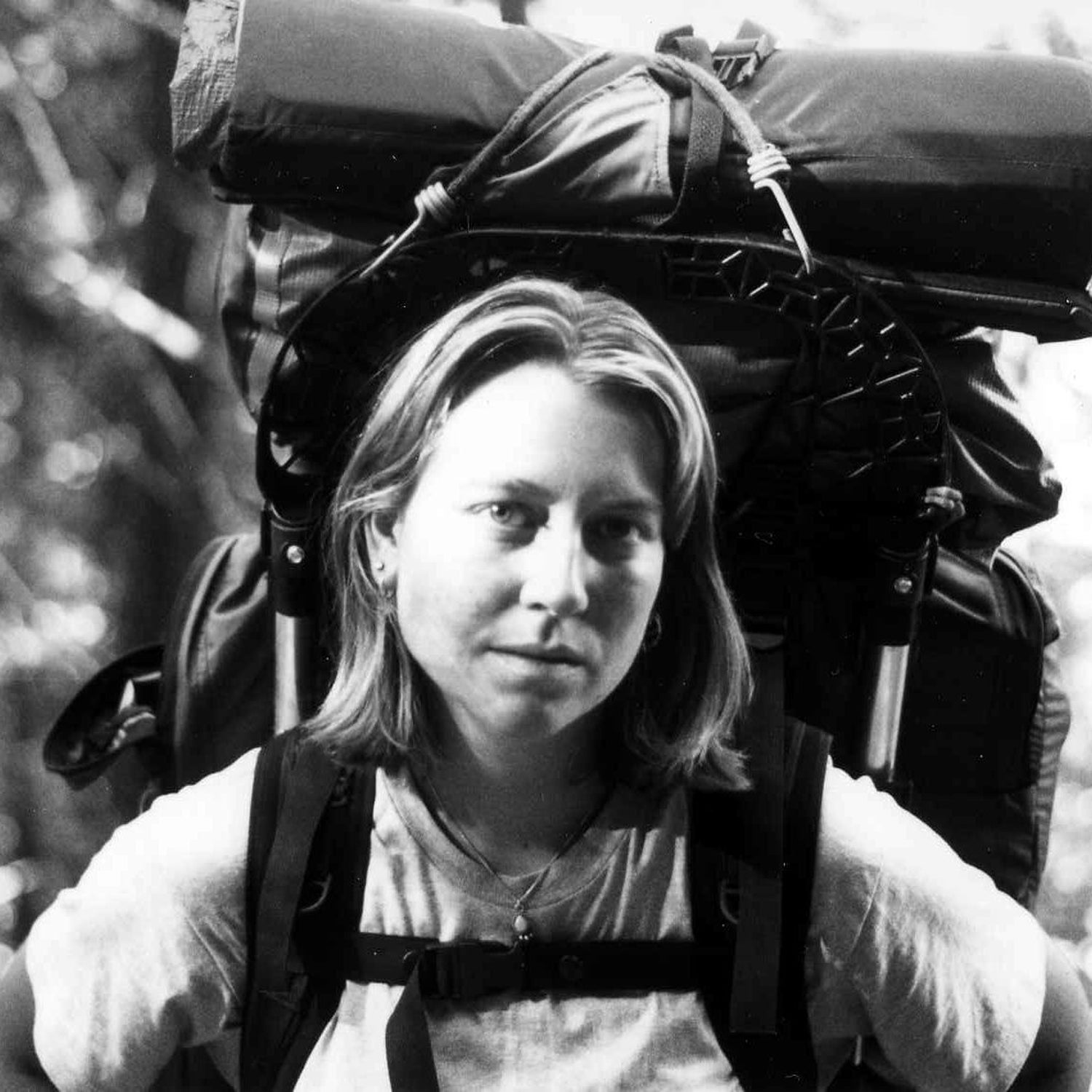Cheryl Strayed started out on the legendary 2,650-mile Pacific Crest Trail with no backpacking experience, too-small boots, and a massive pack she nicknamed Monster.
She learned a thing or two about gear on that 93-day trek (REI’s return policy saved her on one occasion), and she writes about some of those lessons in her memoir, Wild. The book, which she started 13 years after finishing the PCT, went on to become a national best-seller and was just made into a . Read the book before you see the movie—Wild is beautiful: part brave memoir, part action-packed adventure story, part inspirational tale of self-discovery.
We caught up with Strayed last week—19 years to the day after she finished her PCT journey—to hear about Monster, REI, and her current gear closet.

OUTSIDE: You started out with a massive amount of unnecessary gear but were able to pare down what you carried as you gained experience. Do you have any gear-packing suggestions for novices?
STRAYED: First of all, definitely, I would take less stuff. In my defense, it’s a really common backpacker mistake. We’re in a different reality in the world of cars, where we don’t have to carry everything we need all at once. In backpacking … everything you have with you is on your back. And because this was 1995, this was just the beginning of our consciousness about lightweight backpacking.
Even now, I’m not an ultra-lightweight backpacker. I’m always going to probably have too much stuff. My advice to somebody starting out is to try and strike the middle zone. I find it’s really important to take those things that maybe aren’t necessary but that you’ll want.
Hiking alone, I erred on the side of caution. If I counted out my meals and said, “I need 13 dinners to get through this stretch,” I would take 14 or 15 dinners, just in case. In terms of my own sense of security, I needed to err on the side of safety, and I encourage people to do that.
Sometimes it was a book. Books were my company. I don’t see anything wrong with taking something that is going to give you pleasure, safety, or security. On the other hand, there is something to be said about being stringent about questioning every item in your pack. I do that now. I am much more conscious of what the consequences are going to be of carrying that weight on my back.
Do you still have Monster?
I do. I still have Monster, I still use Monster. I love that backpack. I have other packs, but Monster is my go-to backpacking pack when I go on a trip. It’s still great after all these years. Over the past 10 years, it hasn’t gotten a lot of use because I have little kids. My kids are eight and 10, so it’s more about day hiking now rather than overnight trips. I had no idea that my pack would someday be famous. I didn’t save Monster because some day millions of people would know about it.
It was so great: The film of Wild was shot here in Oregon, and all of the props and design people came to my house, and I showed them my pack—I handed over Monster. They looked at it and really wanted the film to be authentic, so they wrote to , which provided the packs that matched mine.
They even packed Monster for the film the way I packed it. They looked at pictures of me on the trail. When I see Reese walking beneath that pack, it seems so strange to me. It’s like, “That’s my pack. That’s my Monster!”
Do you still use any of the other gear from your trip, 19 years later?
I still have and use my North Face tent, which I carried on that trip. I gave a talk at my kids’ elementary school and set the tent up in the cafeteria. It was so fun: I told the kids that there was a scene in Wild where I write about sitting next to my tent in this campground one day, and this chipmunk was chewing away on the mesh door of my tent and made a little hole because he was trying to get at the food inside. That hole is still there.

The thing I love about my gear is that it’s a document of this thing that I wrote about.
I also have my —and still use it. I have little things like the compass that’s still tied to my pack. My sleeping bag is still my favorite sleeping bag. It was one of the first sleeping bags designed for women. It was only the 1990s that it occurred to people that women have different bodies—these things called hips. I still have that bag, and it’s fantastic. I also still have this fleece anorak that I wore on my whole PCT hike. It was the thing I put on when I was cold, when I wanted to get cozy at night. I still wear it even though it’s quite raggedy. They recreated it for the film, and Reese wears it in the film.
It’s my gear. The great thing about good gear is that it’s built to last. If you take good care of it, keep it clean, look after it, it will last a long time.
Did you ever become a gearhead?
I wouldn’t say that I’m a gearhead, but I pay a lot of attention to practicality and simplicity. If I can’t figure out how to use something or how put something up or take it down or clean it—if those things aren’t intuitive, or if you can’t figure it out from reading the instructions—it’s not for me.
I expect things to be user-friendly and well made, and when they’re not, I don’t have time for it. When I was younger, I would be like, “I must be messing something up here,” but now I’ve used enough good stuff [to know better].
What do you think about REI now, 19 years after its return policy saved you on the trail?
I am a fan of REI. It’s a great store. It’s such a great go-to place for outdoor equipment. And you walk in there and you get to have a lot of dreams. You can look around and say, “Hey, maybe I could do this.”
That’s where it began for me. I was in an REI and found that PCT guidebook, and I thought, “Wow, maybe I could do this.” You’re surrounded by all this stuff—and I make a lot of comic hay about it in Wild: “If I have all this stuff, that must mean I am a backpacker.”
I bought those things, I dressed the part on day one, and then I became that person. It allowed me to fulfill this vision I had of myself in a time in my life when I really, really needed to have a different vision of myself than the person I was at that moment.
We can remake ourselves in the wild, and REI, like any number of stores that sell those products, teaches you how to do it.


